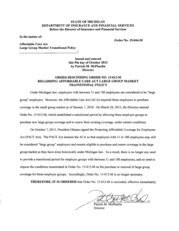Description
Regulatory Impact Statement and Cost-Benefit Analysis– Page 11
number:
Date of disapproval:
Explain:
More information
needed:
Explain:
(ORR-RIS March 2014)
.
Regulations Presentations
+
Regulations Sub Categories














